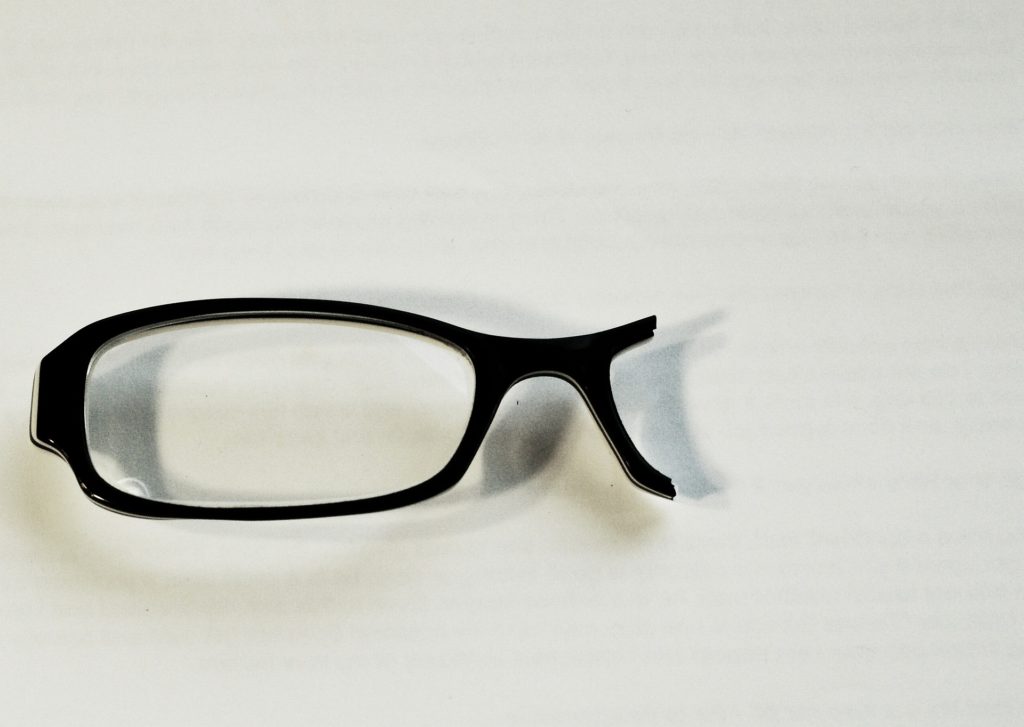Traffic pollution linked to higher risk of age-related eye problems
Long-term exposure to traffic fumes could leave people at higher risk of contracting age-related eye problems, new research has found.
Research published in the Journal of Investigative Medicine found that exposure to high levels of nitrogen dioxide (NO2) and carbon monoxide (CO) is associated with almost a doubled risk of developing age-related macular degeneration (AMD).
AMD, which affects an area of the eye called the macula and leads to a loss in central vision, is one of the most common eye conditions in older people, mainly affecting people over the age of 50.
The researchers say the study is the first to connect high levels of NO2 and CO2 with AMD – air pollution has long been associated with respiratory, neurological and cardiovascular diseases, but its links to long-term eye conditions have so far been less explored.
The researchers, from Taiwan, analysed Taiwanese health insurance data from 2000 to 2010 for 39,819 people aged 50 and above, the majority of whom living in highly or moderately urbanised areas.
The scientists compared this with air quality data from 1998 to 2010 for the areas around health centres where the study subjects sought treatment for respiratory illnesses like common colds.
During the 11-year monitoring period, 1442 (3.6%) of the participants were found to have developed AMD.
Calculating the subjects’ average annual exposure to air pollution, the study found that those with the highest level of exposure to NO2 (over 9825.5 parts per billion — ppb) were almost twice (91%) more likely to develop AMD as those exposed to the lowest level (under 6563.2ppb).
The findings were similar for CO exposure, as people exposed to the highest level of CO were 84% more at risk of developing AMD than those least exposed.
Those living in the most polluted areas had the highest rates of newly diagnosed AMD, while those living in the least polluted areas had the lowest incidence rates.
The study did not look at other known AMD risk factors such as smoking, family history and inflammation, meaning it couldn’t directly name air pollution as a cause of AMD.
However, the researchers also admitted that their data may have been skewed by people being less likely to develop and present with an RTI in less polluted areas.
As a result, the findings may actually underestimate the risk posed by air pollution of people developing AMD in cleaner areas.
Photo Credit – Pixabay

















